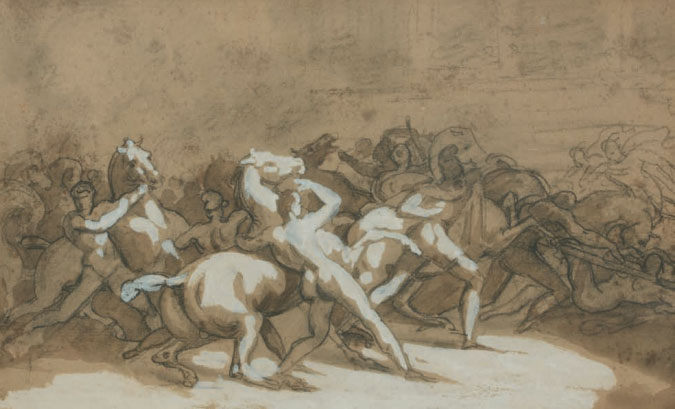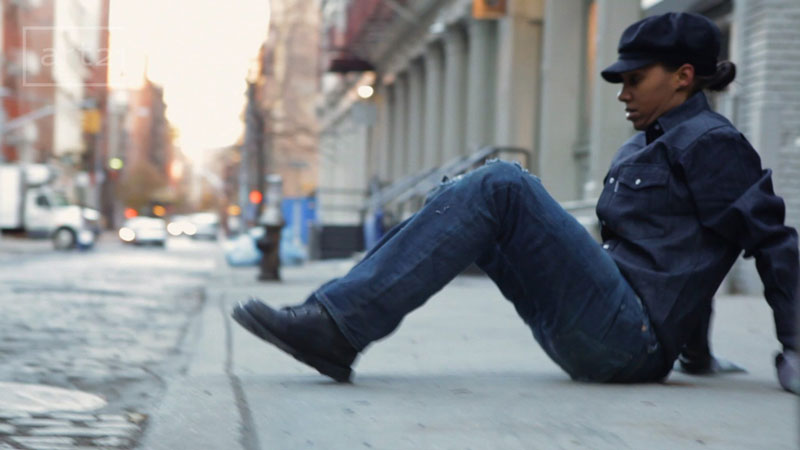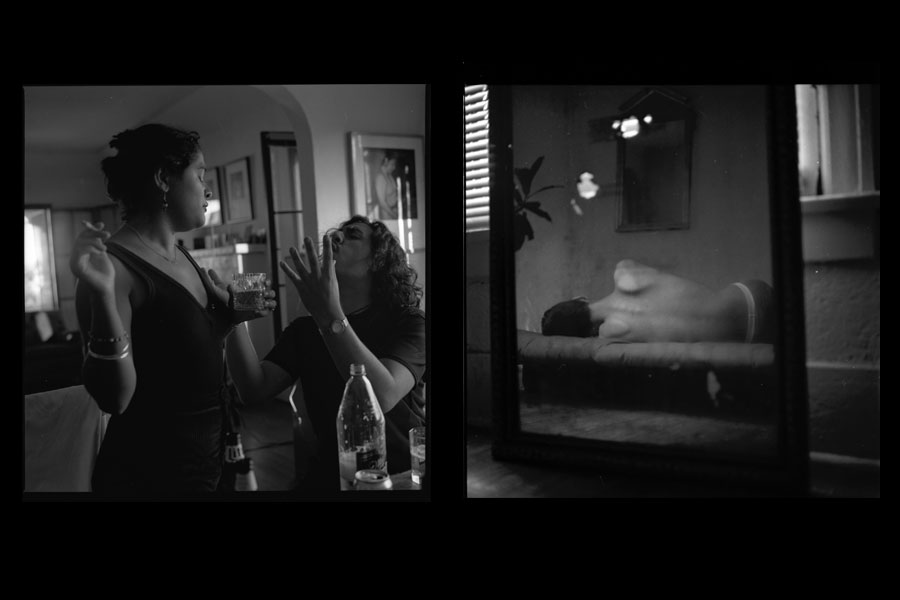Géricault’s horses on view at the Musée de la Vie Romantique

From 15 May to 15 September 2024, the Musée de la Vie Romantique in Paris presents the exhibition “Les chevaux de Géricault”
Source: Paris Musées, les musées de la Ville de Paris · Image: Théodore Géricault, “Épisode de la course des chevaux libres (La Mossa)”, 1817.
Exploring the powerful pictorial motif of the horse in the work of the Romantic painter Géricault (1791-1824) is the aim of the exhibition “Géricault’s Horses”, presented at the Musée de la Vie Romantique to mark the bicentenary of the artist’s death. The many faces of the horse are evoked, from the military horse to the proletarian horse, from the antique horse to the English horse, from portraits of heads and rumps to equestrian portraits. Numerous works from public and private collections, either previously unpublished or restored for the occasion, will provide a pictorial rediscovery of an animal that is intrinsically associated with this artist.
As Théophile Gautier wrote, “since the friezes of the Parthenon, where Phidias paraded his long cavalcades, no artist has rendered the ideal of equine perfection like Géricault“. Ever since his training with the horse painter Carle Vernet and then in Pierre Guérin’s studio, Géricault never ceased to assert his passion for the equestrian world. He was heir to a long tradition that saw the stable as the crucible of talent and inspiration. Eugène Delacroix, another of Guérin’s pupils, who was fascinated by Géricault’s art and personality at the time, summed up the aesthetic importance of these equestrian visits perfectly. On 15 April 1823, he wrote in his diary: “We absolutely must start making horses. Go to a stable every morning; go to bed very early and get up the same way”. For Géricault, this absolute necessity was reflected in dozens of paintings and hundreds of drawings of horses – from simple sketches to masterly sheets – in which the artist fanatically explored equestrian anatomy and the expressiveness of horses, from birth to death, from anger to tenderness, via war, toil, misery and sexuality. The stable, a rebellious annex of the official master’s studio, an animal space specific to the creativity of the Romantic generation, was for Théodore Géricault the site of all his aesthetic experiments.
Follow us on:


